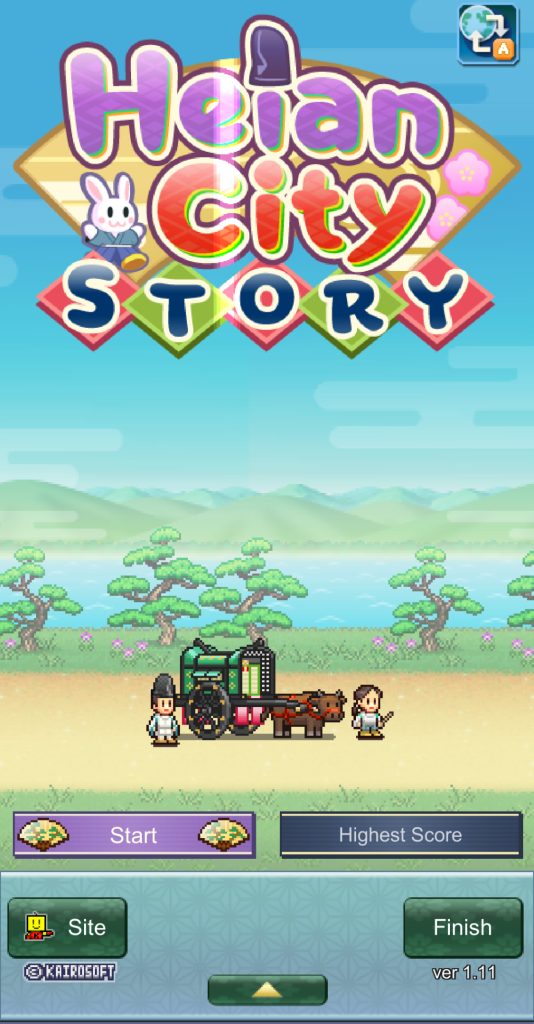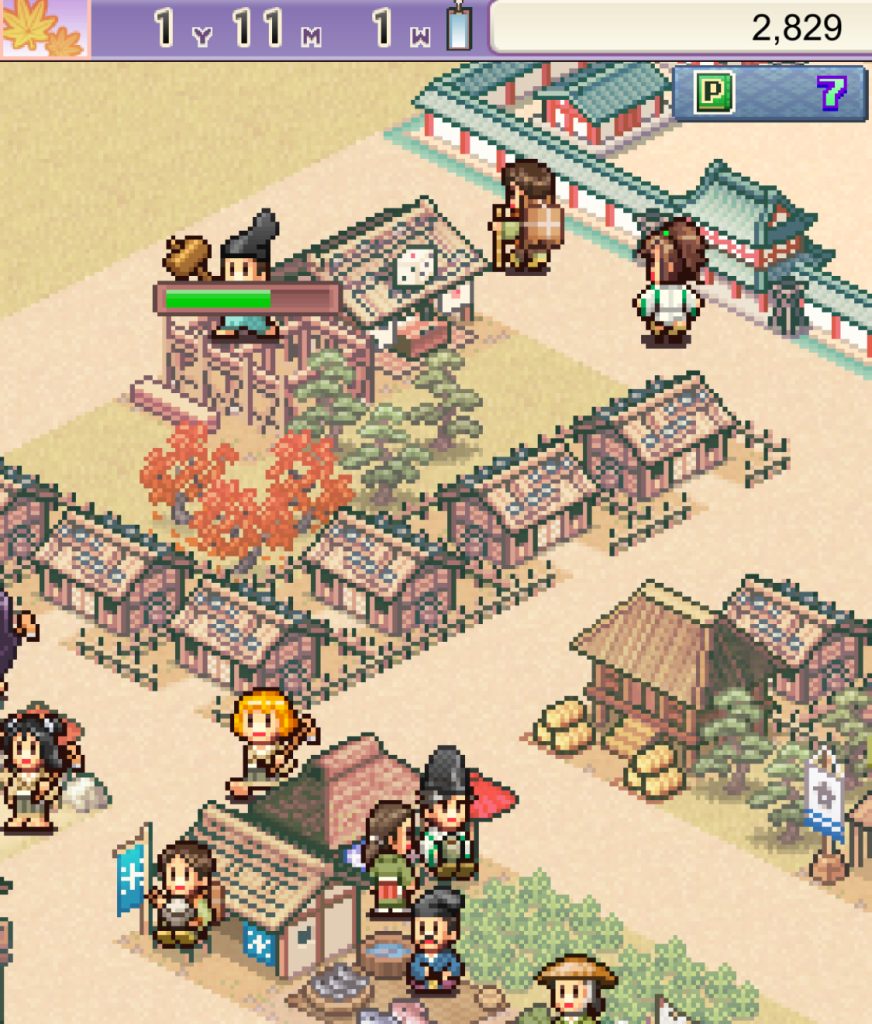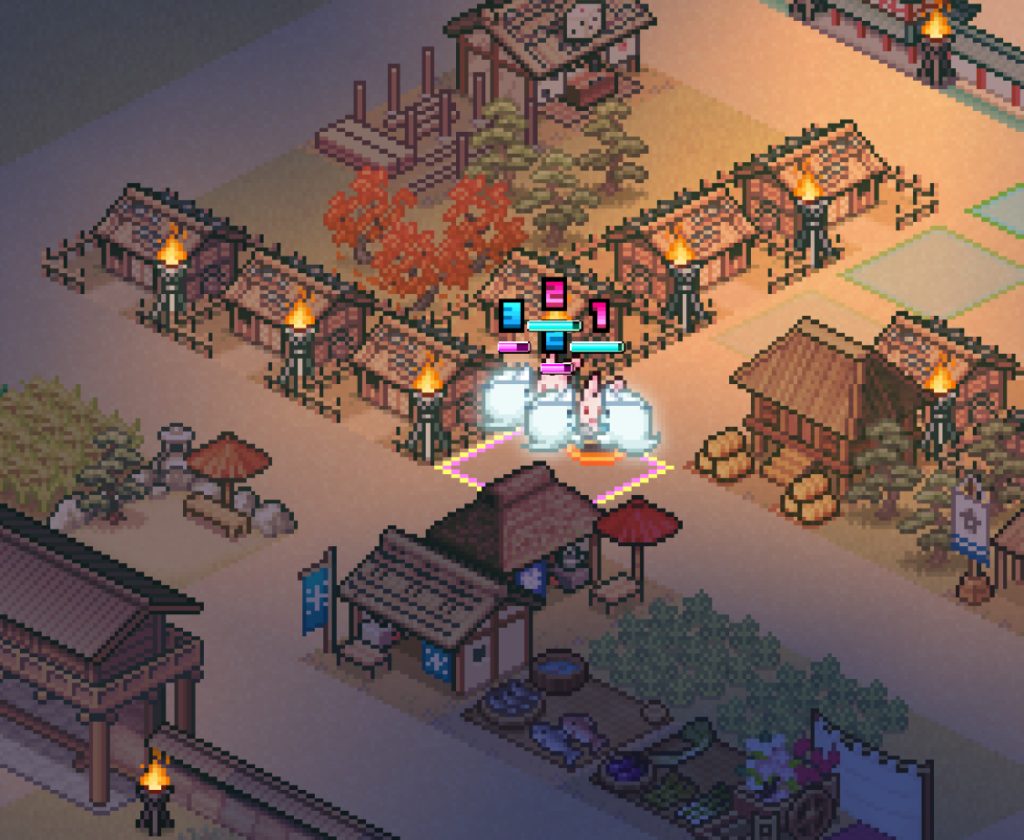Navigating the Character Conundrum: A Genshin Impact 3.0 Pulling Guide
The release of a new Genshin Impact patch brings with it the thrill of new characters, but also the familiar dilemma: who should you spend your precious Primogems on? With only one guaranteed five-star character per limited banner cycle, making the right choice for your roster is crucial.
This guide moves beyond subjective preferences and delves into the objective strengths and weaknesses of the featured characters in the 3.0 update. Whether you prioritize raw damage, team synergy, or ease of use, this analysis will equip you to make informed pulling decisions.
Disclaimer: While this guide focuses on objective factors, personal preference remains paramount. If you resonate with a character’s design, personality, or lore, don’t hesitate to prioritize them. After all, the most important aspect of any game is your enjoyment.
Ganyu – The Cryo Archer
Pros
- Unmatched Personal Damage: Ganyu reigns supreme as one of the highest DPS characters, excelling in both Melt and Freeze compositions.
- Single-Target Dominance: Her prowess against single targets makes her a prime choice for challenging boss encounters.
- Effortless Gameplay: Ganyu boasts a straightforward playstyle centered around her Elemental Burst and charged attacks.
- Ranged Advantage: Her charged attacks offer a wide area of effect, minimizing the need for precise aiming.
- Quadratic Scaling: Ganyu’s Burst damage increases exponentially with the number of enemies grouped together.
- Flexible Team Building: Her moderate Energy Recharge requirements allow her to slot into various team compositions.
Cons
- Melt Team Investment: Optimizing Ganyu’s Melt teams often requires specific four-star characters like Bennett, Xiangling, and potentially Kazuha or Jean, which can be a significant investment for newer players.
- Charged Attack Vulnerability: While her charged attacks are powerful, the two-second charge time can leave her vulnerable without a shielder or Freeze team to immobilize enemies.
- Freeze Team Competition: Ganyu faces competition from Ayaka in Freeze teams, and while they can be used together, Shenhe offers superior single-target damage in this composition.
Rating (Rating System Explained)
- Main DPS: 5/5
- High AoE: 5/5
- Low AoE: 5/5
- Single Target: 4/5
- Sub DPS: 4/5
- High AoE: 5/5
- Low AoE: 4/5
- Single Target: 3/5
- Ease of Use: 4/5
- Future-Proofing: 4/5
- Flexibility: 4/5
- Defensive Support: N/A
- Offensive Support: 2/5
When to Pull?
- You need a powerful and accessible DPS character capable of carrying your teams.
- You have the resources to build either a Melt or Freeze team around her.
- You seek a flexible character who can function as both a main DPS and a sub-DPS depending on the situation.
Zhongli – The Geo Archon
Pros
- Unbreakable Shielding: Zhongli provides the strongest shields in the game, making your team nearly invincible.
- Enhanced Comfort: His shields trivialize most combat encounters, allowing for a more relaxed and forgiving playstyle.
- Universal Applicability: With a 20% Resistance Shred on his Elemental Burst, Zhongli slots seamlessly into almost any team composition.
Cons
- Limited Offensive Utility: While his shields are invaluable, Zhongli’s offensive contributions are relatively minor.
- Lengthy Burst Animation: His Elemental Burst animation can be a DPS loss in fast-paced combat scenarios.
- Potential Freeze Disruption: His pillars can shatter Frozen enemies, potentially hindering teams reliant on the Freeze reaction.
Rating (Rating System Explained)
- Main DPS: 2/5
- High AoE: 1/5
- Low AoE: 2/5
- Single Target: 3/5
- Sub DPS: 3/5
- High AoE: 4/5
- Low AoE: 3/5
- Single Target: 3/5
- Ease of Use: 5/5
- Future-Proofing: 4/5
- Flexibility: 5/5
- Defensive Support: 5/5
- Offensive Support: 3/5
When to Pull?
- You prioritize a comfortable and low-stress gameplay experience.
- You need a universal buffer who can slot into any team composition.
- You have fragile DPS characters who benefit greatly from his shield.
Sangonomiya Kokomi – The Divine Priestess of Watatsumi Island
Pros
- Exceptional Off-Field Hydro: Kokomi provides consistent off-field Hydro application, making her ideal for Freeze and Bloom teams.
- Reliable Healing: Her Elemental Skill and Burst offer substantial healing, ensuring your team’s survival.
- Thrilling Tales Synergy: She excels as a Thrilling Tales of Dragon Slayers user, providing significant ATK buffs to your main DPS.
Cons
- Niche Role: Kokomi’s value diminishes if you already have strong Hydro applicators like Mona or run teams that don’t require her healing.
- Limited Offensive Buffs: While she provides healing and Hydro application, she lacks significant offensive buffs compared to other supports.
Rating (Rating System Explained)
- Main DPS: 3/5
- High AoE: 2/5
- Low AoE: 3/5
- Single Target: 4/5
- Sub DPS: 2/5
- High AoE: 2/5
- Low AoE: 3/5
- Single Target: 2/5
- Ease of Use: 5/5
- Future-Proofing: 4/5
- Flexibility: 4/5
- Defensive Support: 5/5
- Offensive Support: 2/5
When to Pull?
- You need a consistent off-field Hydro applicator for Freeze or Bloom teams.
- You lack Mona and require a dedicated Hydro character for these team compositions.
Tighnari – The Verdant Strider
Pros
- Early Dendro Access: As one of the first Dendro characters, Tighnari offers a glimpse into the potential of the new element.
- Off-Field Electro Enabler: His Dendro application allows for powerful reactions with off-field Electro characters like Fischl and Yae Miko.
- Simple Playstyle: Tighnari’s gameplay loop is straightforward, revolving around his Elemental Burst and charged attacks.
Cons
- Single-Target Focus: His damage primarily targets single enemies, limiting his effectiveness in AoE situations.
- Eventual Standard Banner Addition: Tighnari will join the Standard Banner in a future update, making him obtainable through regular wishes.
- Limited Team Synergy: His best teams often require specific five-star characters, and his lack of off-field Dendro application restricts his team compositions.
Rating (Rating System Explained)
- Main DPS: 4/5
- High AoE: 2/5
- Low AoE: 4/5
- Single Target: 5/5
- Sub DPS: 3/5
- High AoE: 2/5
- Low AoE: 3/5
- Single Target: 4/5
- Ease of Use: 3/5
- Future-Proofing: 3/5
- Flexibility: 3/5
- Defensive Support: 1/5
- Offensive Support: 1/5
When to Pull?
- You’re eager to explore the Dendro element and its potential team compositions.
- You need a strong single-target DPS character and are willing to invest in his specific team requirements.
The Final Decision
Ultimately, the best character to pull depends on your individual account, playstyle, and preferences. Consider your existing roster, desired team compositions, and the content you prioritize.
If you’re still unsure, waiting for future character releases and Dendro reactions to develop further might be a wise decision.
Remember, the most important factor is your enjoyment of the game. Choose the character that resonates with you the most and embark on your Genshin Impact journey!
Credits
This guide was made possible by the contributions of the following individuals:
໓น໓¢໐๓#7817, rayn#8252, Chia#3668, Asterix#6894, rekoshayninja#5982, Xertimos#5054, Poxeli#1038, sun#4297, KangYouwei#6774, TitanPotato#6038
Artwork: All artwork is official artwork produced by Hoyoverse.
Rating: Character ratings are based on their value at Constellation 0.





